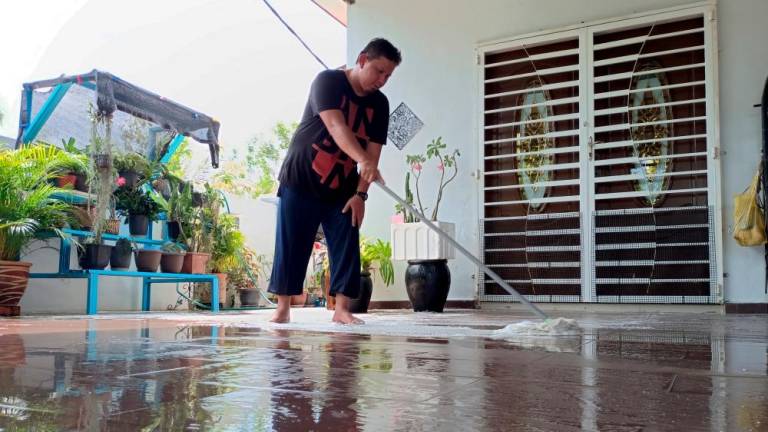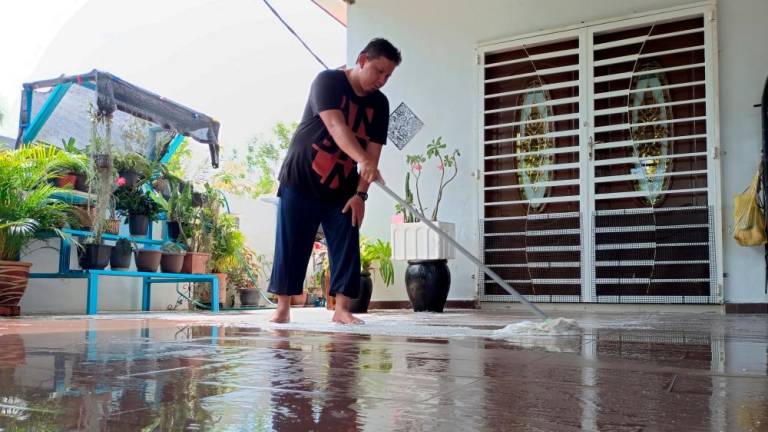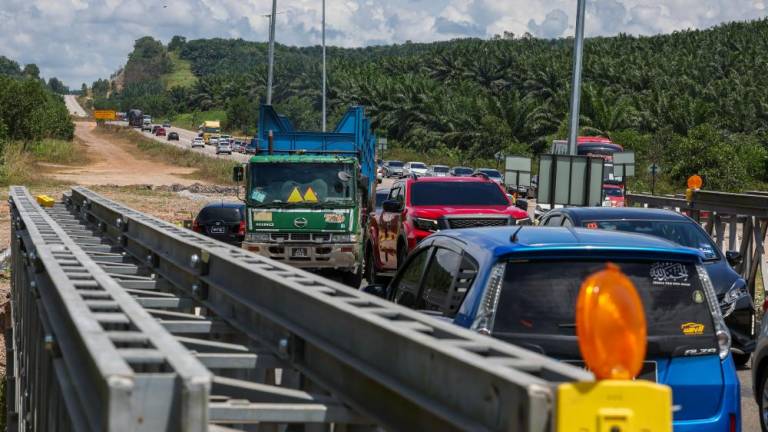NO matter how one chooses to go to a city centre for leisure or services, one is bound to be a pedestrian at some point.
Ideally, pedestrian-friendly urban places would have a full range of amenities within a 2km radius, which takes less than 30 minutes to walk, including convenience stores, bakeries, newsstands, cafes, restaurants, shops, markets and parks or green spaces.
Pedestrian cities are increasingly emphasised as part of sustainable urban development. Car-free streets and public squares allow people to walk freely, interact socially or do their daily chores. This adds vitality and vibrancy to the area.
Walkable, pedestrian-friendly cities are not only economically and socially productive, but also provide numerous health and environmental benefits.
The prime example of a pedestrian city is Venice, Italy, where cars are not permitted to enter the city. Other examples of popular European pedestrian cities are Copenhagen and Amsterdam. New York, San Francisco and Vancouver are noted to be walkable cities too.
Melbourne, Australia, is often cited for its pedestrian friendliness. There, one can see many people walking everyday, whether to stroll leisurely or run errands or window shop with friends. It becomes the norm for most people to walk when they go to the city.
Important factors encouraging people to walk include the presence of wide, even sidewalks, clearly marked pedestrians’ right-of-way such as zebra crossings, public spaces to rest, trees providing shade and clean public toilets.
Local authorities play a major role in making towns and cities liveable and walkable. There are laws and by-laws, rules and development control plans to facilitate the proper development of cities and enforcement of those laws.
In turn, residents must be responsible, civic-conscious and law-abiding. Unfortunately, in reality this is not so. In Malaysia, these laws are often not complied with, resulting in pedestrian walkways being used as parking bays for motorcycles and open spaces treated as rubbish dumps.
Parking on pavements is part of the bigger Malaysian malaise of non-compliance with municipal rules such as those governing waste management, hawkers and building extensions.
Those who park illegally on walkways either could not care less or believe that they have justification to do so as there is inadequate parking. But the lack of parking spaces does not give them the right to encroach onto the space dedicated to pedestrians.
Similarly, motorists who park their cars on pavements in housing estates claim that they minimise traffic congestion by not blocking the road. But good intentions do not absolve them from the injustice they cause to pedestrians who have no choice but to walk on the road, putting them in harm’s way. Besides, the pavements are not made to withstand the heavy loads of vehicles.
The same goes for colonial period shop houses that have five-foot ways providing shelter for pedestrians from the sun and rain. It is not fair for the occupants to use the five-foot ways as work, display or parking areas, leaving no room for pedestrians to walk.
Besides their unique and beautiful architectural design, these shop houses are suited for pedestrian-friendly uses. They should be protected and emphasised in the city’s pedestrian plans.
Our local authorities are beginning to pay more attention to pedestrians and cyclists. Although long overdue, it is laudable that the Penang Island City Council has initiated an education campaign for motorists, especially motorcyclists not to misuse pedestrian walkways and bicycle lanes by parking their motorcycles irresponsibly and illegally. Starting in January 2020, errant motorcyclists will be fined RM300 for doing so.
In fact, pedestrian walkways and bicycle lanes should be separated and clearly marked to prevent cyclists colliding with pedestrians.
Pedestrian cities rely on efficient and predictable public transport, decreasing the need for private cars to go to the city centre. There has been a great deal of news and debate about the Penang transport plan. Whichever future public transport modes the Penang state government will adopt, in the meantime, we should improve the public bus service with better coverage and more direct routes.
Before implementing ambitious plans like Bus Rapid Transit or light rail, the city can expand and improve priority, bus-only lanes so that they can better stick to schedules. Enforcement should make sure that no cars are parked at the designated bus stops.
Penang is famous for its historic architecture, excellent street food, and diverse culture. Emphasising better pedestrian infrastructure, enforcing rules on parking and walkway use, and improving the public transport system will help make it a much better pedestrian city.
Datuk Dr Goh Ban Lee is interested in urban governance, housing and urban planning. Comments: letters@thesundaily.com














